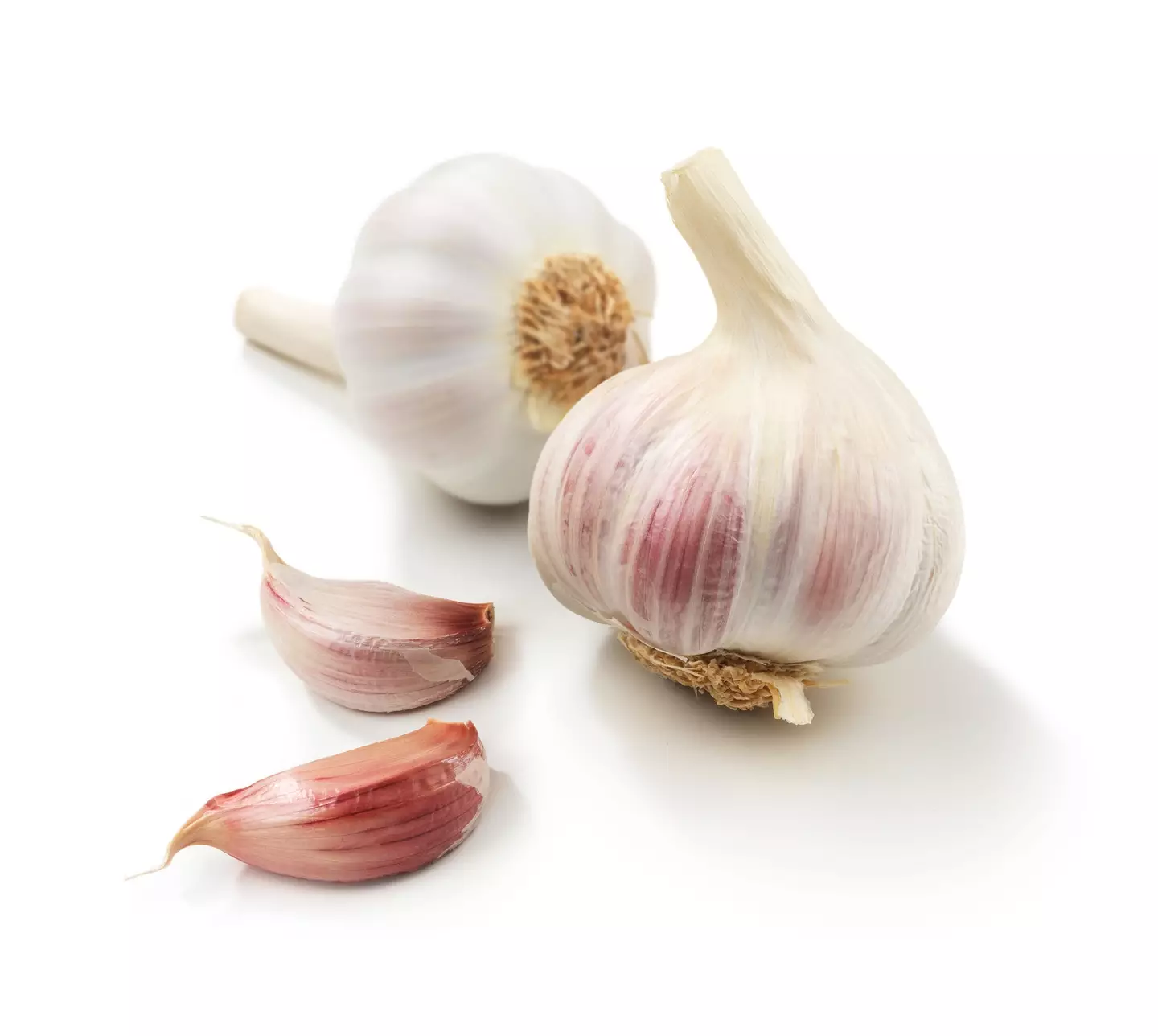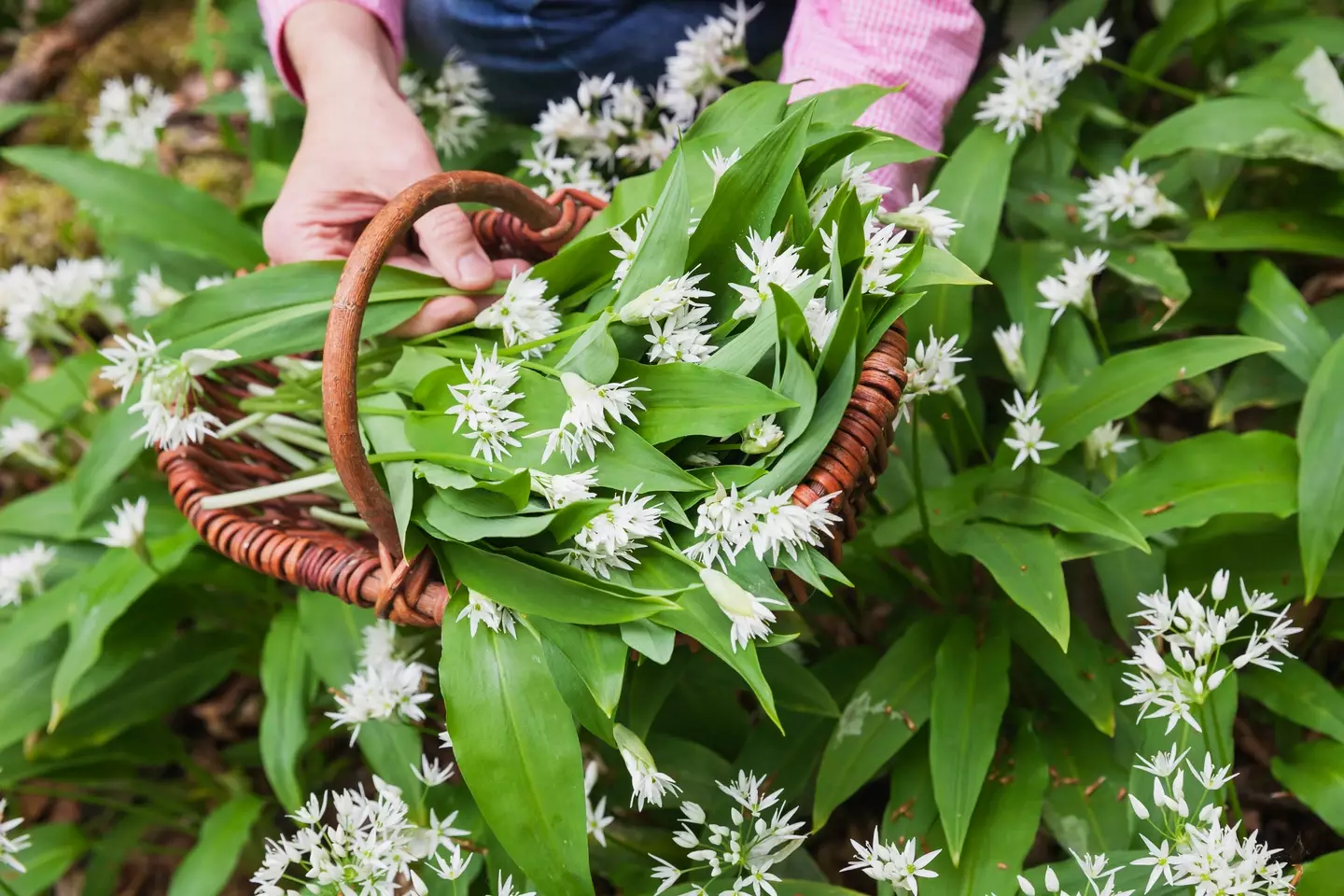
Garlic is a miracle ingredient. If your dish is lacking a bit of punch, garlic has a miraculous ability to draw out other ingredients’ flavours whilst providing its own savoury tinge.
It’s good for you, too, with potential health benefits including: heart attack risk reduction, blood pressure management, cancer prevention, a stronger immune system, improved exercise performance, and much more.

And if all that wasn’t enough, it’s been proven to keep Nosferatu and his fellow blood-suckers firmly out of your grill.
Advert
Not all garlic is the same, however, with various different varieties available and offering slightly different qualities.
For example, you might have noticed that some bulbs are white as the driven snow, while other have purple streaks up the bulbs.
The purple variety is known as the ‘hardneck’ garlic species, and its unique colouration is specific to the crunchy skin around the bulbs. Even without the purple streaks, you can spot a hardneck bulb via its woody stem growing through the bulb’s centre.
Because the cloves grow around this central stem, they tend to be larger, more uniform in size and shape, and potentially more flavoursome.
Advert
It occurs thanks to anthocyanin, which is an antioxidant known for helping the body to deal with free radicals, or molecules that rove around the body and potentially damage DNA to the extent that they trigger cancer development.
The anthocyanin turns the garlic bulbs purple when they’re exposed to cold temperatures.
White garlic, or ‘softneck’ garlic, tends to have more variety in the size and shape of cloves from the same bulb. Purple hardneck garlic is considered milder and sweeter than the white bulbs, but the difference is pretty marginal.
Another lesser-known garlic variety to try is wild garlic. If you’re ever out in the woods and catch a faint whiff of garlic, it’s a giveaway that there’s some nearby.
Advert

You can pick some and use it in your own cooking, although do be sure to make sure you’ve properly identified anything you forage before eating it.
Wild garlic’s leaves, stems, flowers and bulbs are all edible, with a garlicky flavour that’s more delicate than the typical stuff and perhaps more comparable to chives. There are loads of options for using it at home, and it’s great raw or cooked.
Next time you’re out in the woods, especially between March and May when it’s in its pomp, see if you can sniff some out.
